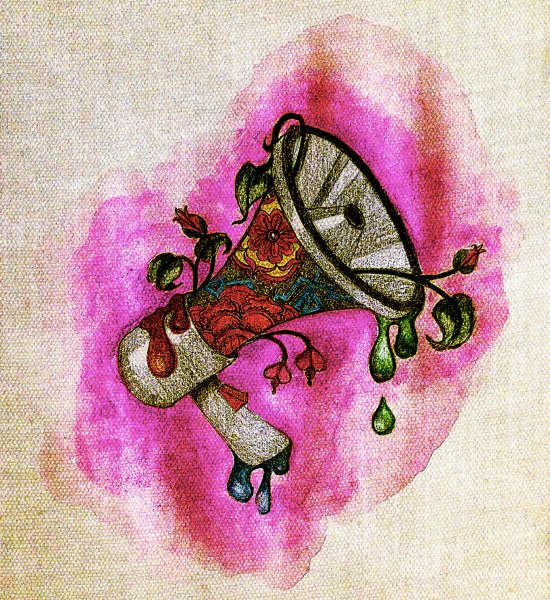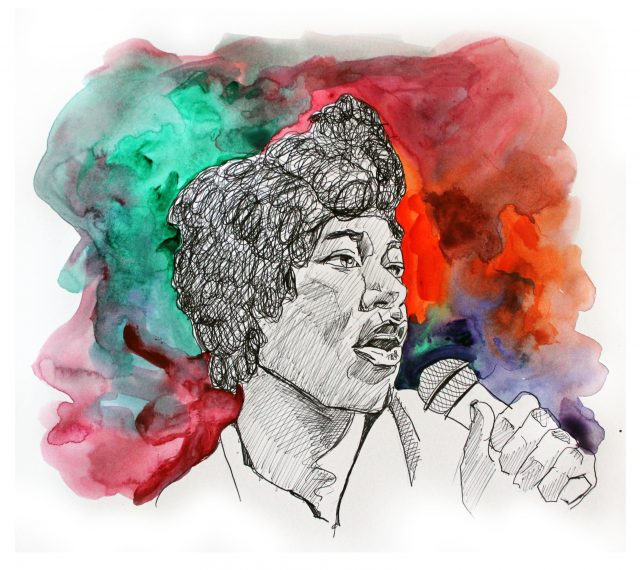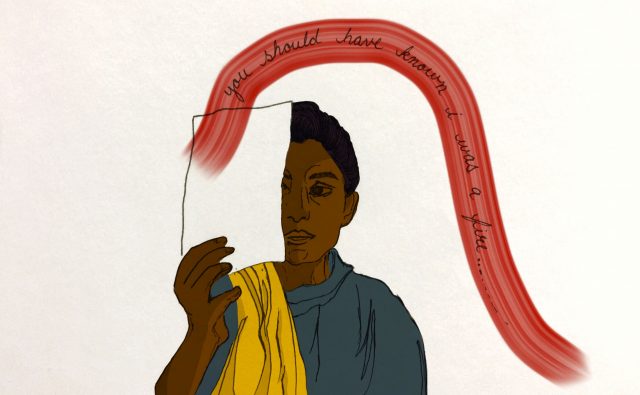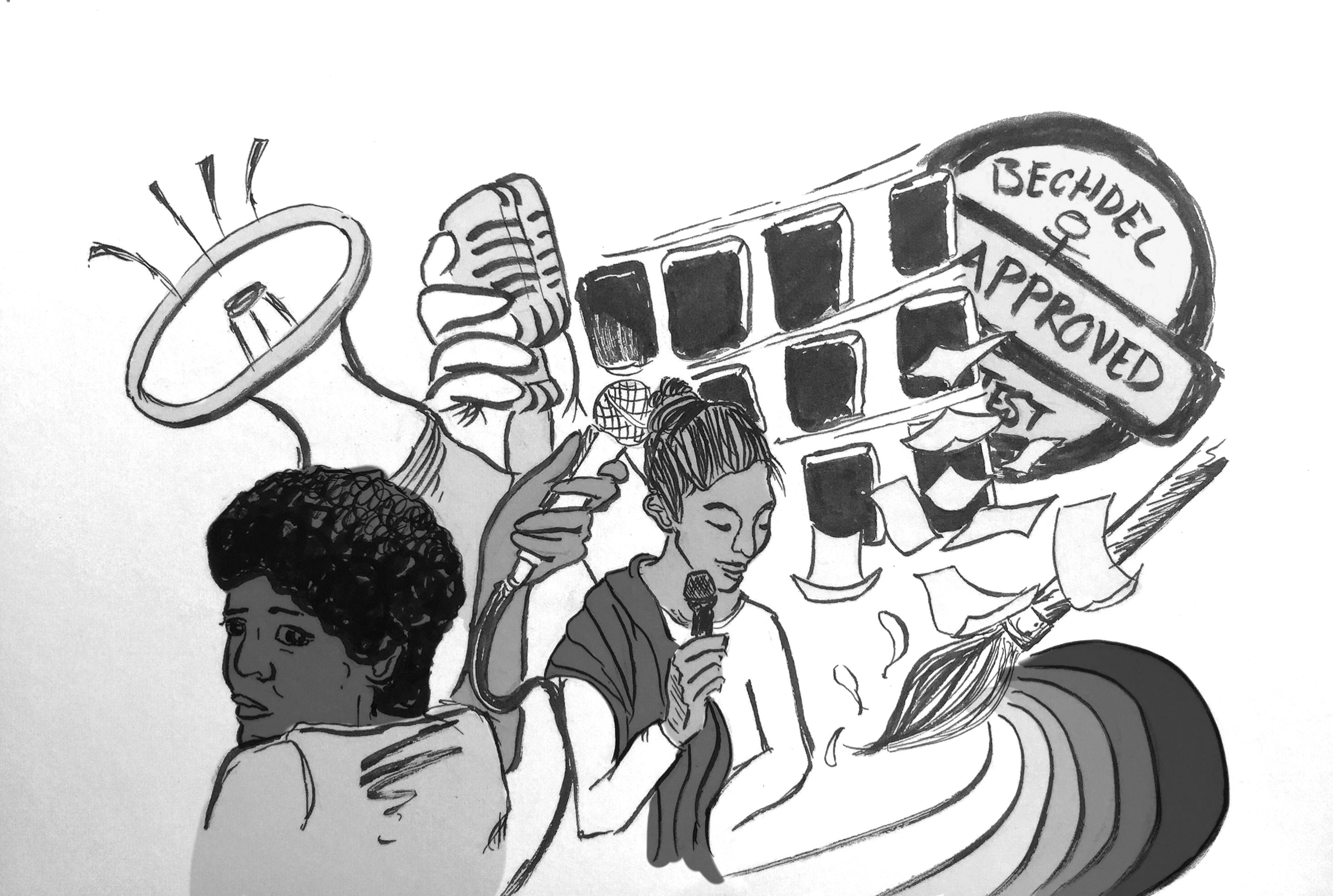Art and social justice
Artistic production can be inspired by the urge to challenge fundamentally oppressive social processes. This year has seen art being used globally to fight for various social justice causes. In the United Arab Emirates, artists continued to protest the deplorable labour conditions of workers, directing their cultural power at an important cause (“Artists speak out against abhorrent labour practices in the UAE,” June 12, online). The ever-present question of ethical art sponsorship was once again brought up with the controversy of British Petroleum (BP) donations to major British museums, which was seen as a way for the fossil fuel industry to showcase their powerful influence (“Art, brought to you by BP,” October 5, page 13).

Montreal and McGill were criticized for their lack of inclusivity and their inability to provide accessible spaces for cultural events. Several Queer McGill events were cancelled due to their location in inaccessible spaces; Expozine, an annual local zine fair, was also criticized for responding to accessibility needs badly and only when called upon (“Check your ability privilege,” November 30, page 26).
Powerful social justice movements definitely set us on the right track this year, while also demonstrating the structural problems of accessibility and inclusivity in our community.
Anti-racist art
This year also saw inspiring artistic acts of resistance from Indigenous artists and artists of colour. Rebecca Belmore told of her experiences living as an Indigenous woman in the “Somewhere Else” exhibit (“The artist is absent,” September 28, page 16), alerting the audience that the issue of missing and murdered Indigenous women could not be more urgent. Jef Barbara broke barriers in white-dominated genres with music that’s like a “breath of 1980s air” (“POC artists to watch: Jef Barbara,” February 1, page 18), while Tracey Deer and Cynthia Knight’s TV show Mohawk Girls set in Kahnawake tackled issues of racism, identity, and sexuality (“Mohawk Girls: Sex and the City, but better,” November 2, page 18). The Daily’s culture column “Talk Black” initiated critical, anti-racist discussions with a focus on Black history and artists.

These artists, critics, and creators reminded us to keep our eyes open for prevalent misrepresentations of identities in society and to think critically about the voices we choose to empower.
Critiquing historical discourses
Serving as a vehicle to historical discourses, art has once again demonstrated its reformative power and ability to generate new conversations. Quebec’s 1980s feminist revolution (“Je suis une révolution,” September 21, page 18) was revisited in Montreal theatre in the form of an autobiographical play centred around the life and activism of feminist writer Pol Pelletier. The 1960s Black Power movement in the Canadian context (“The silenced revolution,” November 30, page 30) was also discussed in The Daily with a focus on archives from the time. Just recently, the Art Matters 2016 festival subverted the Baroque and Rococo notions of beauty by turning soft pastel colours and intricate objects into stark, confrontational, and powerful imagery (“Opulence, public spaces, and pastel colours,” March 21, page 22).
Celebrating queerness and feminism in creative forms

Montreal offers a range of events for celebrating queerness throughout the year, with the annual Pride festival last summer having collected the most attention. However, The Daily saw some pertinent critiques of queer scenes this year. Montreal’s annual Pride parade took an unbearably commercial turn (“Not my pride,” September 8, page 19), and the local art scene in general could have featured more critical queer performances, exhibits, and conversations. Meanwhile, in the music scene, the queercore genre still struggles to remain true to the punk tradition and fight the oppression of queer communities (“On the (inevitable) death of queercore as punk,” September 1, page 18).
Feminists were active in representing their voices in comedy, opera, and on stage this year. Ladyfest Montreal showcased intersectional feminism in a women’s comedy night (“A night of representational comedy,” September 14, page 17), while Opera da Camera’s performance of Mozart’s Così fan tutte challenged the traditional discussion of female characters in the opera (“The school of lovers, redefined,” March 14, page 17). Finishing the year off with insight on stereotypical portrayals of women in movies, a think piece on female vulgarity in pop culture dismantled gender norms (“More puking bridesmaids, please,” March 14, page 18).
Montreal talent and beyond
Many local stars continued to shine this year, and new talent joined the ranks. At McGill, Players’ Theatre staged a dramatic narrative in Dial M for Murder (“Dial M for Murder gets A for acting,” October 26, page 16) and masterfully reimagined the outcome of Halmet in Fortinbras (“The hilarity after Hamlet’s storm,” November 23, page 14). The zine Somali Semantics, created by McGill students Sumaya Ugas and Y. Abdulqadir, challenged oppressive narratives and stereotypes that East African women struggle against (“Not your sad east African girls,” November 23, page 13).

Noteworthy international artists also made their appearances in Montreal. Rupi Kaur’s enchanting and revolutionary poetry left McGill in awe with her milk and honey’s exploration of abuse, liberation, love, and feminism (“Resilience, womanhood, and survival,” March 21, page 20), while 47soul brought Shamstep (“Shamstep Groove,” October 5, page 14) to Montreal. With such a varied selection of local and international expression, this year left us enthusiastic for more to come.

